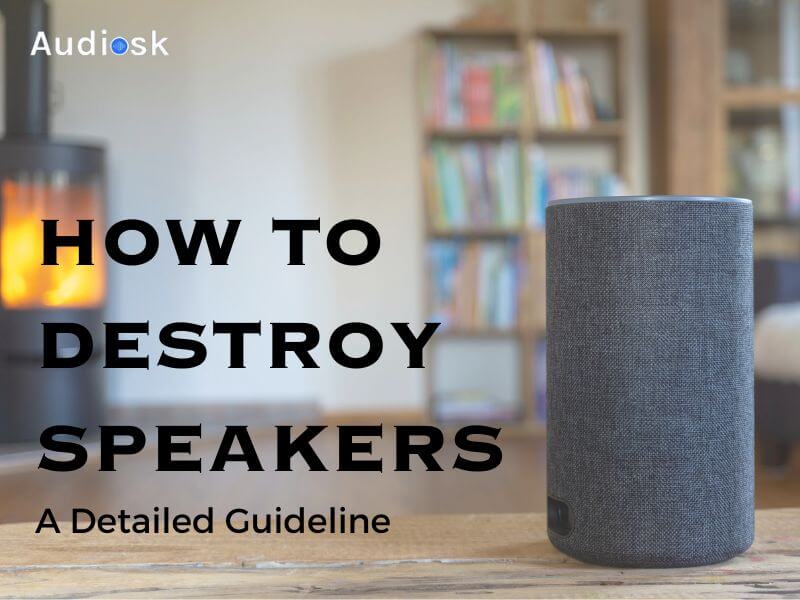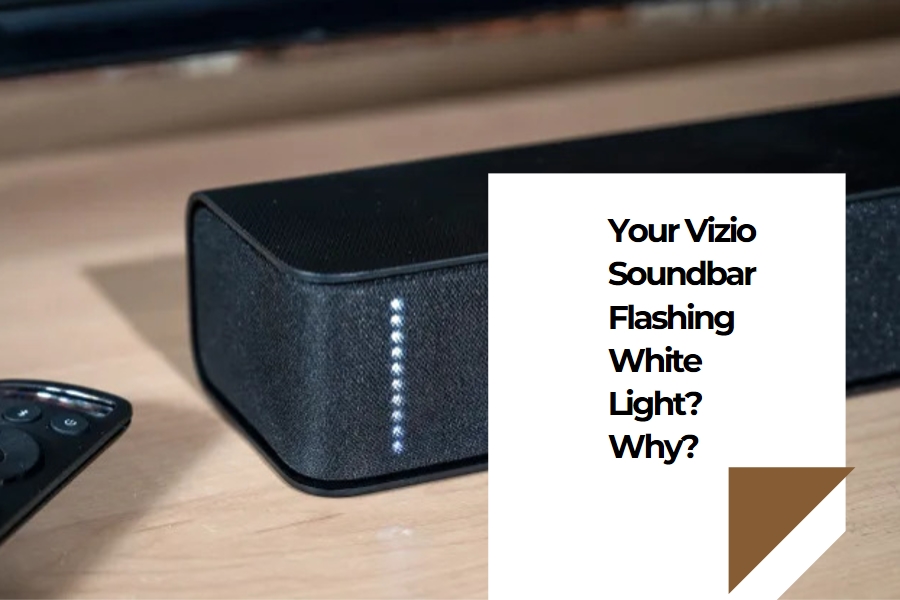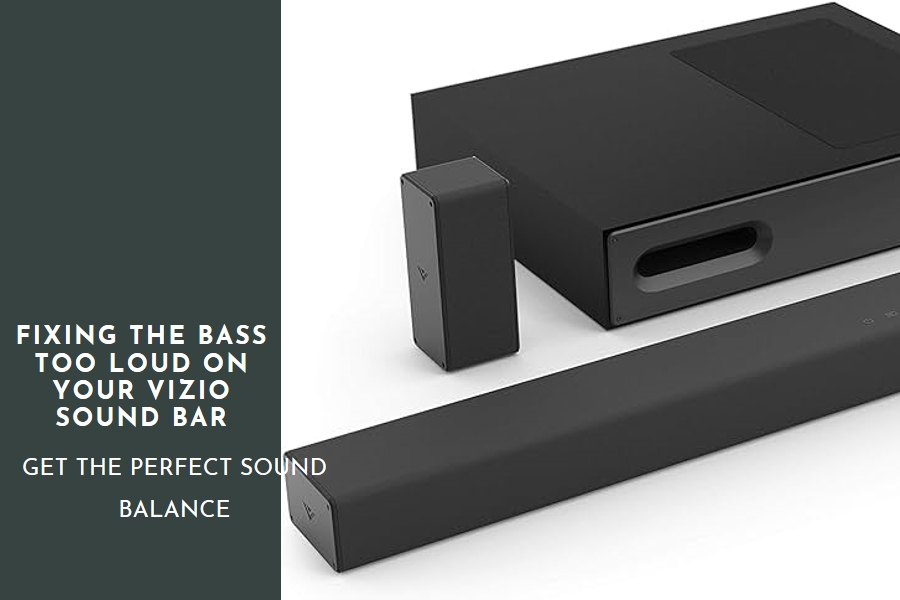You’re ready to blast your all-time favorite tracks and then you hear something amiss. From your speakers a strange noise creeps out that just isn’t right.
It’s like a fuzz or a buzz, some sort of funny sound. It appears your speakers are not working properly. There’s no need to be anxious. But having speakers that don’t work correctly is no big deal.
Our simple guide at audiosk will show you how to repair those speakers quickly. With this you can listen to your favorite songs again, with no trouble at all.
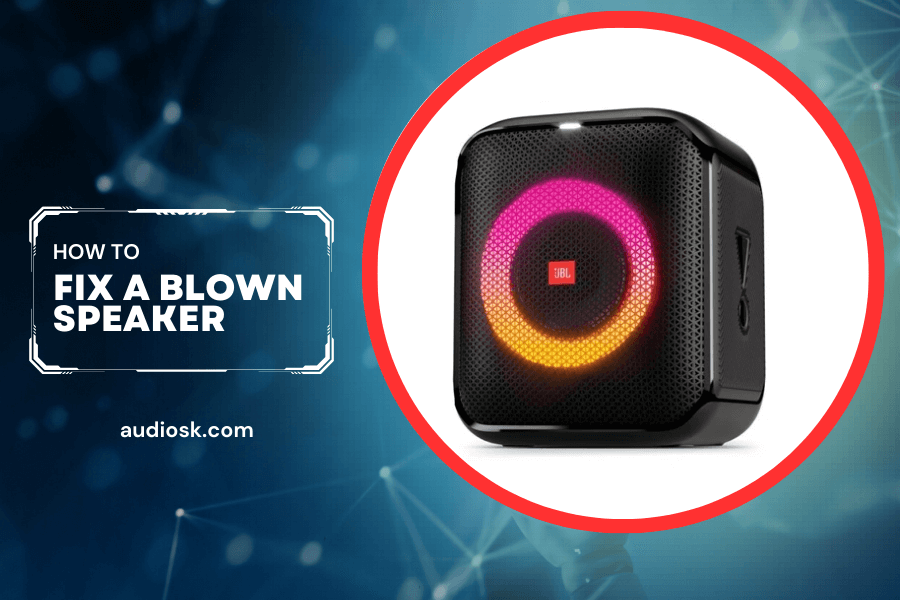
The Speakers That Don’t Work Right?
Whether your speaker is a little cracked, or completely broken may be hard to tell from listening. But if you think they are, the following signs can help you spot a problem:
- Sound problems: If there are fuzzy hissing noises, that means your speaker is more or less broken.
- No sound: If your speaker makes no sound or the sound is very low, it may be that it’s broken.
- Poor sound quality: When speakers have problems, the sound quality is poor. You might find there’s less bass, treble and mid-tones.
- Strange movement or shaking: If the parts of the speaker are broken, they won’t shake or move as they should.
- Sound cutting out: When the speaker cannot produce this sound, it sounds like the sound just abruptly stops.
How to Tell which Speakers Are Working Properly?

It isn’t always easy to spot those who don’t work properly, for instance, when the problem lies inside or there is a cover on the speaker.
However, there are clear signs you can see. So then, let’s see what they are. If the speaker doesn’t have a cover, you can see the speaker clearly. Here’s what to look for to better understand what broken speakers look like:
- Damage to the cone (or the part that moves to make sound), like holes, rips, or tears.
- Problems with the dust cap, the small round part in the middle of the speaker.
- Wear or damage to the outer part of the speaker, including the ring around it.
How to Fix Speakers That Don’t Work Right?
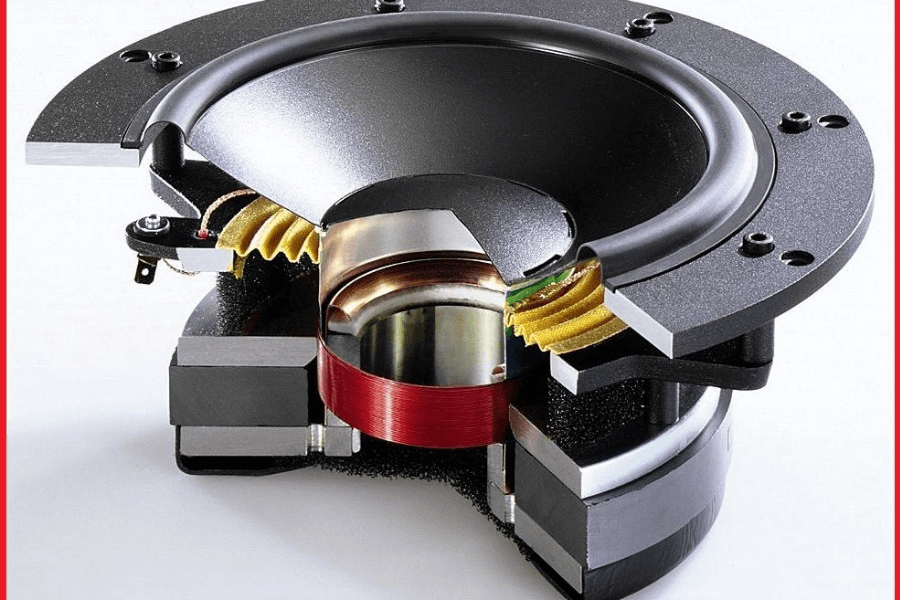
Once you know your speaker is broken, you’ll want to find out how to fix it.
Fixing broken speakers can be hard, depending on how bad the damage is. If your broken speakers must be good quality and expensive, let an expert fix them up. But they might as well replace them with new ones.
But, if you have cheap speakers and don’t mind trying to fix them yourself then you can give it a go.
Sometimes you may have to repair the speaker itself. But if a different part is broken, like the foam on the outside, you’ll have to do something else.
In addition we have a nice guide which will tell you how to strip speaker wire if you don’t know.
Here are a few tips that might be of use before you begin mending your own speakers.
See Which Speaker Isn’t Working Properly
Before you go fixing your speakers, find out which one is broken. Here are simple ways to do that:
If you can’t even see a scratch, then listen to each speaker and choose the worst one.
Use the left and right balance controls, or an equalizer, to adjust the sound. By small variations in the sound, listen out to determine if a speaker is defective.
Take Apart the Broken Speaker
Before you start, get these things ready:
- A screwdriver.
- A knife.
- Glue.
- A needle.
- Thread in the color of your speaker cone.
If the speaker has a metal cover, remove it with the right screwdriver. Have all screws in one place.
Gently take out the screws. Do not damage anything further. If there’s fabric on the speaker and it’s glued, trim away with a knife.
Check the Diaphragm for Damage
If the diaphragm (the part that moves to make sound) has holes or tears, that’s a clear sign it could be causing the problem.
The diaphragm turns mechanical movements into sound. If it has any holes, rips, or tears, you should fix them as soon as you can.
Look at the Voice Coil for Damage
Damage to the voice coil doesn’t always mean your speaker is completely broken, but it does show there’s some damage. The voice coil is a wire wrapped around the speaker’s center pole.
The voice coil is thin wire that’s very light and can break easily in these ways:
- The voice coil gets too hot when a lot of current goes through.
- The voice coil might break from moving too much.
If the voice coil is broken, see if you can get a new one for your speaker. If not, you might need to replace the speaker.
Using Glue on the Speaker
Fixing a speaker with glue needs care, patience, and time. Follow these steps to repair your speaker with glue:
- Hold the speaker so you can close the tear with your fingers.
- Put some glue on and spread it evenly over the tear with your fingers.
- Keep the tear closed so the glue can become tacky and set.
- After the glue hardens, leave the speaker for a bit to make sure the glue sets well.
Using Needle and Thread
For bigger tears, you’ll need a needle and thread to close them.
- Start by gently poking the diaphragm with a needle, then slowly stitch the tear closed.
- Don’t pull the needle and thread too hard, just enough to close the tear.
- Tip: After stitching, apply some glue or silicone rubber over the fixed tear.
Using Soft Silicone Rubber
Instead of glue, you can use silicone rubber. It’s better because it doesn’t dry stiff.
- Since speakers move a lot, using silicone rubber to fix a tear can last longer. Silicone is flexible and moves, reducing the chance of more breaks.
Ordering Replacement Parts
First, find the name, brand, and model number of your speaker and its parts.
Look for replacement parts online. Many stores sell repair kits and parts for speakers. When replacing parts, pay close attention to how they should fit together.
Testing Your Repaired Speaker
When you first test your fixed speaker, start with a low volume.
Play songs with soft sounds first. Choose songs you know your speaker can handle.
Gently test your speaker. You don’t want to break it or any parts again.
Reasons Why Speakers Stop Working Right
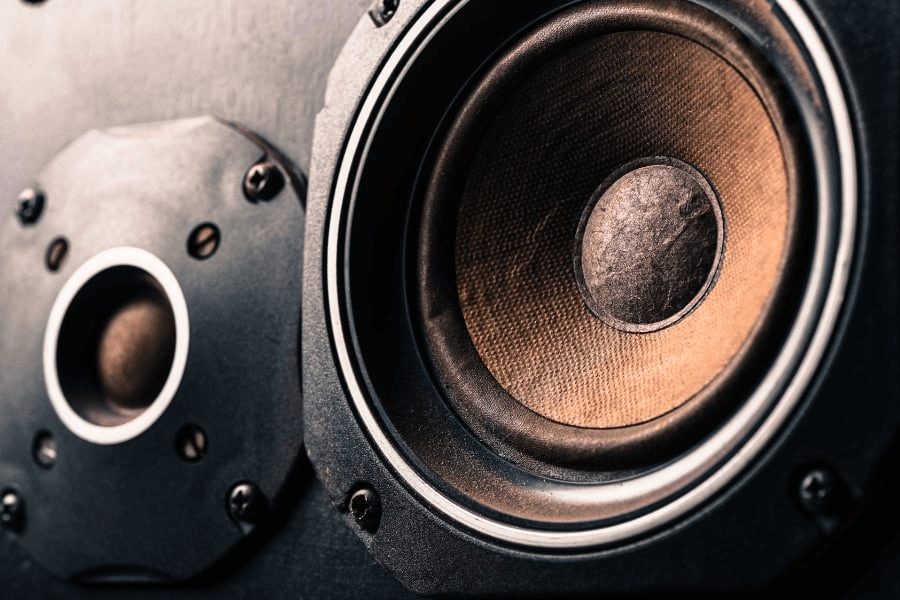
There are a few common reasons why speakers stop working:
- Physical Problems: If speaker parts are out in the open, not put in right, or can move and hit each other, they can get damaged, especially over time.
- Electrical Issues: This happens when there’s too much bass and power for the speaker. It can make the voice coil get too hot and ‘burn’ or melt.
- Wrong Setup: Setting up a speaker system the wrong way can cause damage and might make the speaker stop working right.
- Clipping: This generally occurs in amplified sound systems. Clipping is when the speaker gets more power than it can handle. Over time, this can damage the speaker quite a bit and might cause it to stop working altogether.
Conclusion
At audiosk, whether the problem is big or small, it’s best to leave the speaker repaired to professionals. It’s possible, for instance, to repair a dent in the diaphragm of a speaker. You can patch tears or holes in the cone. Your speaker might lose a bit of the original sound quality and won’t be as good as new. However, if you don’t want to spend money on a new speaker, fixing it yourself is cheaper.



